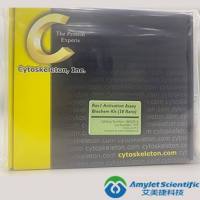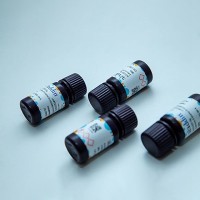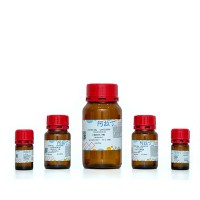Thin-Layer Gel Filtration: Determination of Protein Molecular Weights
互联网
互联网
相关产品推荐

Anti-Flag Affinity Gel (Anti-Flag亲和凝胶),阿拉丁
¥1433.90

葡聚糖凝胶 ® G-100,9050-94-6,BioReagent, for molecular biology, DNA grade, medium,阿拉丁
¥4199.90

Actin 细肌丝 (牛心脏),Actin Thin Filaments (Bovine cardiac)
¥11

Recombinant Human LR3 IGF-1 Protein
¥269.90

羧基化石墨烯(纳小尺寸),7782-42-5,直径:50-200nm Single layer ratio:>98% Carboxyl ratio:8.0 wt%,阿拉丁
¥926.90
相关问答
推荐阅读
Determination of Molecular Size by Size‐Exclusion Chromatography (Gel Filtration)
SDS Polyacrylamide Gel Electrophoresis of Proteins: Determination of Protein Molecular Weights and High-Resolution Silver Staining
Determination of Absolute Molecular Weights Using Sedimentation Equilibrium Analytical Ultracentrifugation

